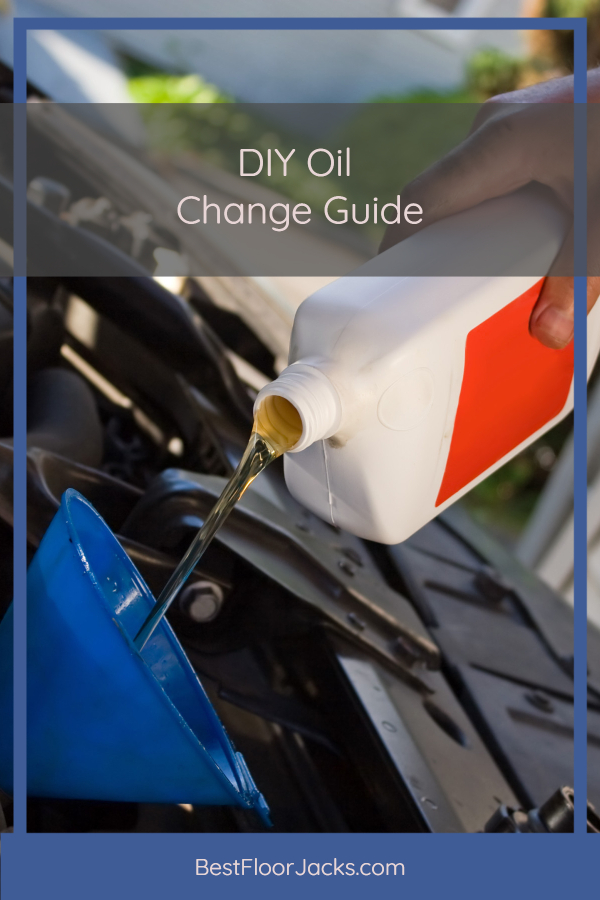
Changing Oil On A Regular Basis
 Engine oil is one of the most important fluids in your car. Engine oil lubricates the engine, absorbs heat, neutralizes acid in the engine, absorbs trace amounts of water, and absorbs combustion by-products. Good quality engine oil improves car performance and extends engine life. However, heat generated by the combustion process chemically alters engine oil and breaks it down. After some time the oil in loses it’s lubricating properties and its capability to absorb unwanted trace materials. You are well aware of the importance of regular oil change but the automotive shop near you charges a hefty sum for a service that you can do on your own. If you want to save money, the answer is do-it-yourself oil change.
Engine oil is one of the most important fluids in your car. Engine oil lubricates the engine, absorbs heat, neutralizes acid in the engine, absorbs trace amounts of water, and absorbs combustion by-products. Good quality engine oil improves car performance and extends engine life. However, heat generated by the combustion process chemically alters engine oil and breaks it down. After some time the oil in loses it’s lubricating properties and its capability to absorb unwanted trace materials. You are well aware of the importance of regular oil change but the automotive shop near you charges a hefty sum for a service that you can do on your own. If you want to save money, the answer is do-it-yourself oil change.
Check your Oil
The first step is to check the clarity of the oil. Fire up the engine and wait for a few minutes before shutting it off. Pull out the dipstick and check the color of the oil. If the color is dark brown or black and it looks like Coca-Cola or Pepsi, then, it is time to change the engine oil.
Drain the Oil
Use a set of car ramps to create space when you slide underneath the car. In the absence of car ramps use a reliable floor jack and a pair of jack stands. Look for the engine’s oil pan, and then, look for the oil drain plug. It is usually a large nut and it is located close to the ground. Use your socket wrench to loosen the oil drain plug. Do not try to catch the drain plug with your bare hands, let it fall into the oil pan together with the hot oil coming from the engine.
Change Oil Filter
While you are still under the car, locate the oil filter. Use your oil filter wrench to loosen the filter with a counter clockwise motion. Twist it off by hand. Remove the filter gently because there is still hot oil inside. Pull out the new filter from the box and apply a small amount of clean oil and rub it around the filter’s rubber gasket. This will make it easier to fit the new filter into the engine block. Once the filter is in place use a socket wrench for a tighter fit. Do not over-tighten so as not to damage the filter.
Replacing Your Car’s Engine Oil
Before you slide out from underneath the vehicle, replace the sealing washer around the drain plug. This will help ensure that the oil will not leak on account of a broken washer. When you are ready to replace the oil, check the owner’s manual to determine the correct type of oil that you should put into the engine. The manual will also tell you how much oil you should use. Use a funnel to keep the oil from spilling. When you are sure that the correct amount of oil has been added, replace the oil cap.
Check for Leaks
Turn on the ignition key and let it run for a few minutes so the oil will circulate. Turn the engine off and expect the area underneath the engine to find out if there are leaks. If there is none, dispose used oil properly because it is considered a hazardous substance. However, the best way to deal with used oil is to bring it to a recycling center. Now, your car is ready to go.





